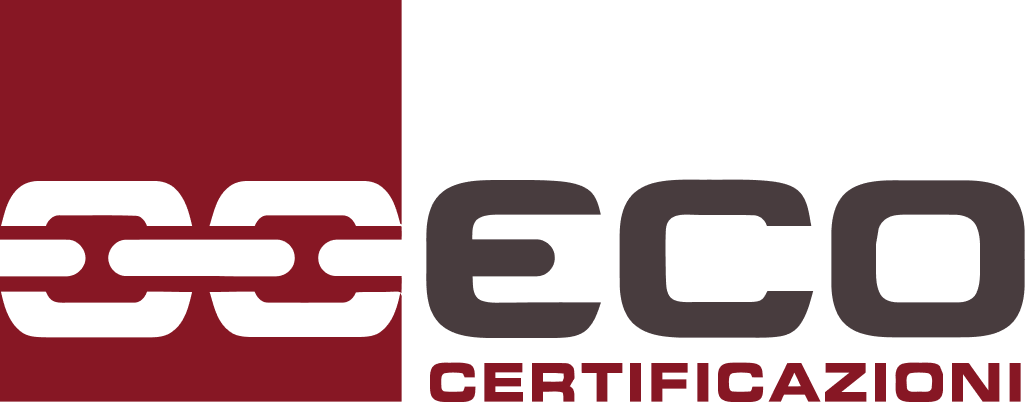Functional Safety
When the functionality of an element within a system can jeopardize its safety, ensuring just primary safety is no longer sufficient. Therefore, functional safety must also be guaranteed. The rapid development of automation and distributed intelligence has led to an exponential increase in machinery, systems, devices, and products with electronic or programmable command and control systems that incorporate security functions.
The topics covered by the IEC 61508 family of standards and related standards (such as ISO 13849s, ISO 16232s, IEC 62061, IEC 61800-5-2, IEC 61496s, EN 50495, etc.) constitute the state-of-the-art and normative reference for the design and management of safety systems in plants. This is especially true for electrical, electronic, and programmable electronic systems, and they find widespread application across various industrial sectors, including the chemical, petrochemical, refining, nuclear, transport, electro-medical, industrial automation, and automotive industries.
In compliance with the Machinery Directive 2006/42/EC, it is mandated that safety-related elements of the control system be designed and constructed to prevent any failure in the control logic from causing dangerous events. Therefore, determining the Performance Level (PL) is crucial, taking into account parameters such as the chain of command, Diagnostic Coverage (DC), and Mean Time to Dangerous Failure (MTTFD) or B10D for electromechanical/mechanical components.
These standards serve the purpose of establishing the Performance Level (PL) or Safety Integrity Level (SIL) based on the system’s architecture and component reliability.
How ECO works
The verification, as conducted by ECO Certificazioni, of the parts linked to the safety of the command system is a voluntary modular service structured in phases. Therefore, the service was developed to accompany machine manufacturers from the defining of the safety functions derived from the machine risk assessment. Moreover, it continues to the definition of the functional diagrams (Functional Block Diagram or FBD and Reliability Block Diagram or RBD). Subsequently, it proceeds to the evaluation of the functional safety parameters required and the relative level of reliability (SIL/PL required). Finally, the process involves the verification of the correct planning through the evaluation of the reliability parameters analyzed (SIL/PL verification). This includes the drafting of the relative sections of manuals (Manuals for Safety Loops).
PROCESS INDUSTRY – SAFETY INTEGRITY LEVEL (SIL)
Activities for the planning, definition and verification phases of the “Safety Integrity Level”:
- Analysis of the machine for the identification of the security functions
- Evaluation and analysis of the SIL required according to the identification of the risks
- Planning of the safety functions
- Functional Block Diagrams and Reliability Block Diagrams (FBD, RBD)
- Support in developing machine software
- Verification of the Safety Integrity Level, of the safety functions according to IEC 61508, IEC 61511
- Validation and Tests in Use of the safety functions
- Tools Used: EXIDA EX-SILENTIA SOFTWARE IEC 61508, IEC 61511
PERFORMANCE LEVEL (PL)
Activities for the planning, definition and verification phases of the “Performance Level”.
- Analysis of the machine for the identification of the security functions
- Evaluation and analysis of the PL required according to the identification of the risks
- Planning of the safety functions
- Functional Block Diagrams and Reliability Block Diagrams (FBD, RBD)
- Support in developing machine software
- Verification of the Performance Level, of the safety functions according to ISO 13849
- Validation and Tests in Use of the safety functions
- Tools Used: IFA SISTEMA SOFTWARE ISO 13849
FIELD OF APPLICATION OF FUNCTIONAL SAFETY NORMS
The EN ISO 13849-1:2015 Standard “Safety of machinery – Safety-related parts of control systems – Part 1: General principles for design” pursues the ensurance of the proper selection and design of the hardware and software architecture that manages how the machinery operates.
The standard EN ISO 13849-2: 2012 “Safety of machinery – Safety-related parts of control systems – Part 2: Validation”, on the other hand, constitutes the final part of the design process, i.e. the validation of the machinery control system.


